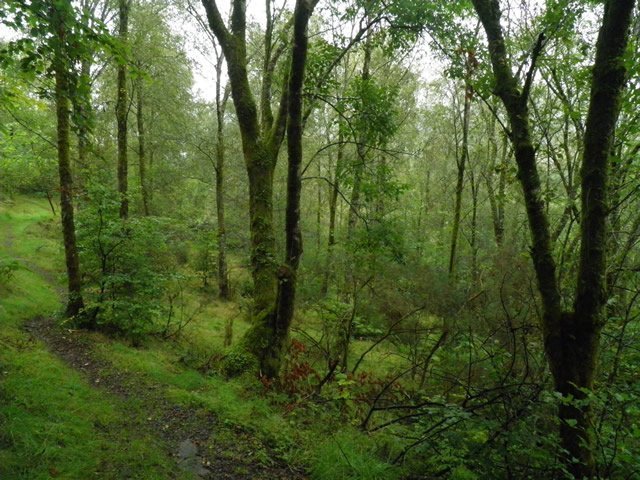Management of the Forest of Dean – case study
The Forest of Dean is an ancient woodland covering 110k㎡ in Gloucestershire in southern England. The forest is managed by the Forestry Commission.
The Forest of Dean has long been exploited by humans. Areas of the forest were cleared for coal and iron ore mining in the 1800s and 1900s. Timber has been harvested since the 1600s.
Some parts of the forest are still used for forestry. However, the forest is mainly used for recreation and conservation.
The Forest of Dean provides a range of goods and services. Stakeholders have developed a range of ways to manage the forest sustainably so that it continues to provide goods and services today and for future generations.
Coppicing
Coppicing involves cutting the tree towards its base, above the roots. The tree is then able to grow new shoots and recover. It can then be harvested again in the future. It is a traditional woodland management technique and is more sustainable than chopping trees down and replanting them.
Coppicing is more expensive and time-consuming than felling the whole tree. However, it is more sustainable. New Leaf, a youth employment project, is supporting young people into work by training young people how to coppice, ensuring the wood is harvested sustainably.
Education and Outreach
National and local organisations have developed a programme called Foresters’ Forest, an outreach programme that aims to raise awareness of about woodlands. It encourages participation in forestry management bu organising public litter picking and wildlife surveys. The programme also educates young people in local schools about the forest.
Wildlife Management
The shy and elusive pine marten, a woodland creature almost hunted to extinction in the UK, has been reintroduced to the Forest of Dean. Eighteen of the animals have been released at a secret and remote location in the Forest of Dean in Gloucestershire. Conservationists hope the animals will breed, spread and eventually link up with a group of pine martens that was reintroduced across the border in Wales.
It is possible the reintroduction will help manage the number of non-native grey squirrels in the forest and anywhere else the pine martens reach.
Gloucestershire Wildlife Trust is working with several organisations on the project including Forestry England, the Vincent Wildlife Trust and Forest Research.
The wild boar population of the Forest of Dean is managed to reduce their environmental impact.
Recreation
The Forestry Commission has developed a number of cycle and walking trails through the forest. This helps protect the ecosystem and keep environmentally sensitive activities away from fragile habitats.
Related Topics
Use the images below to explore related GeoTopics.




